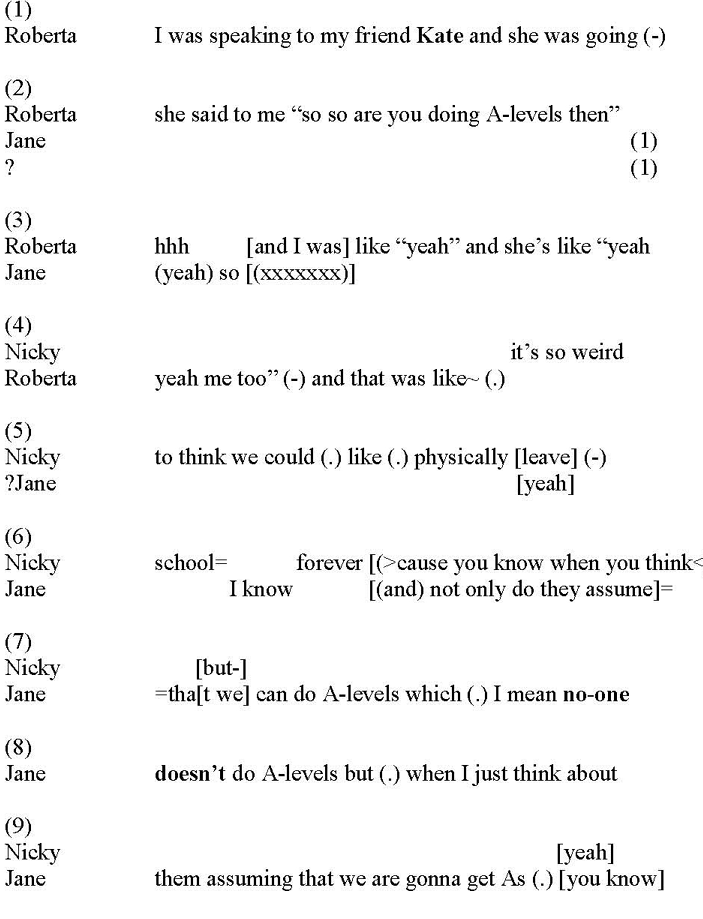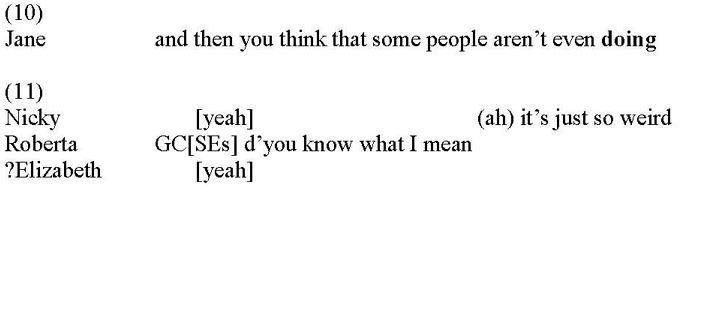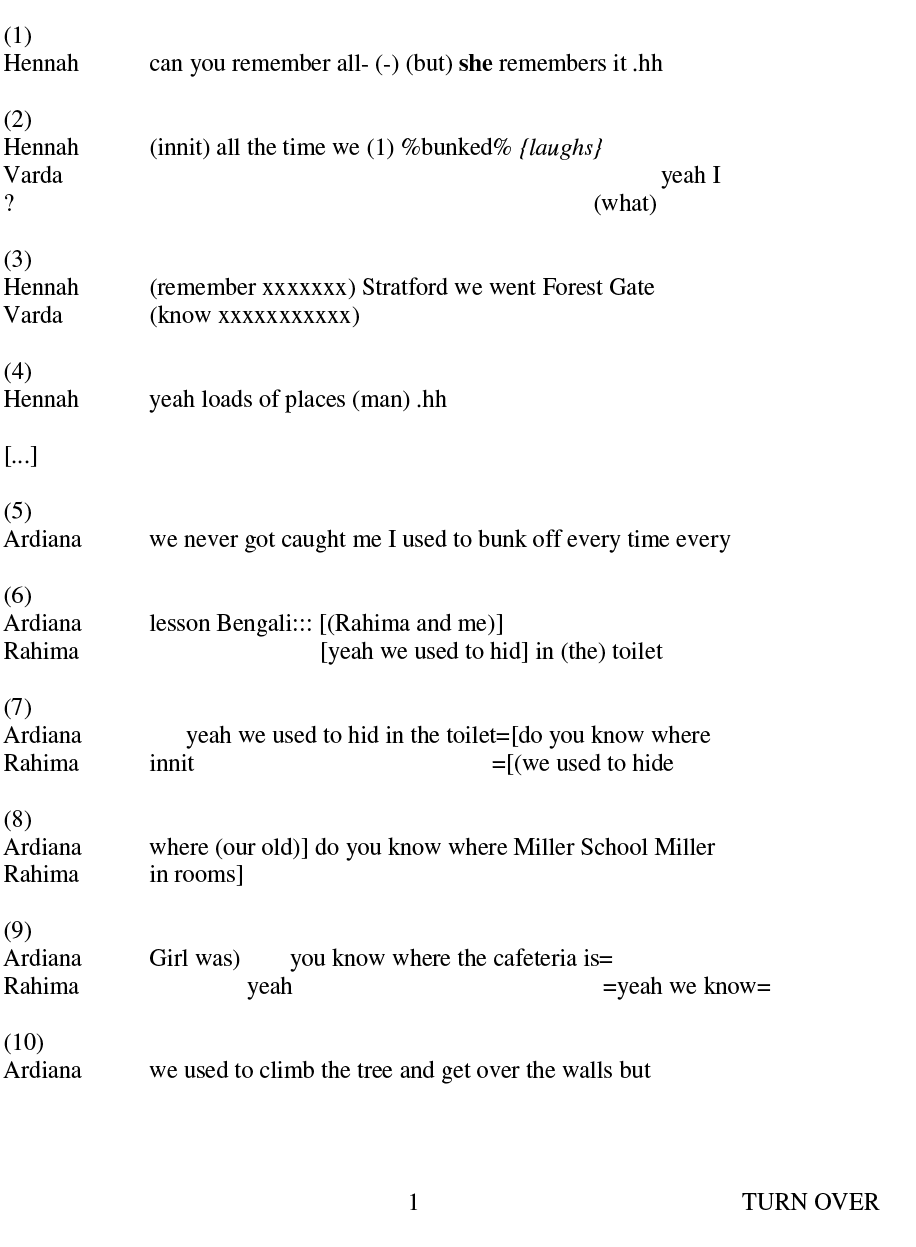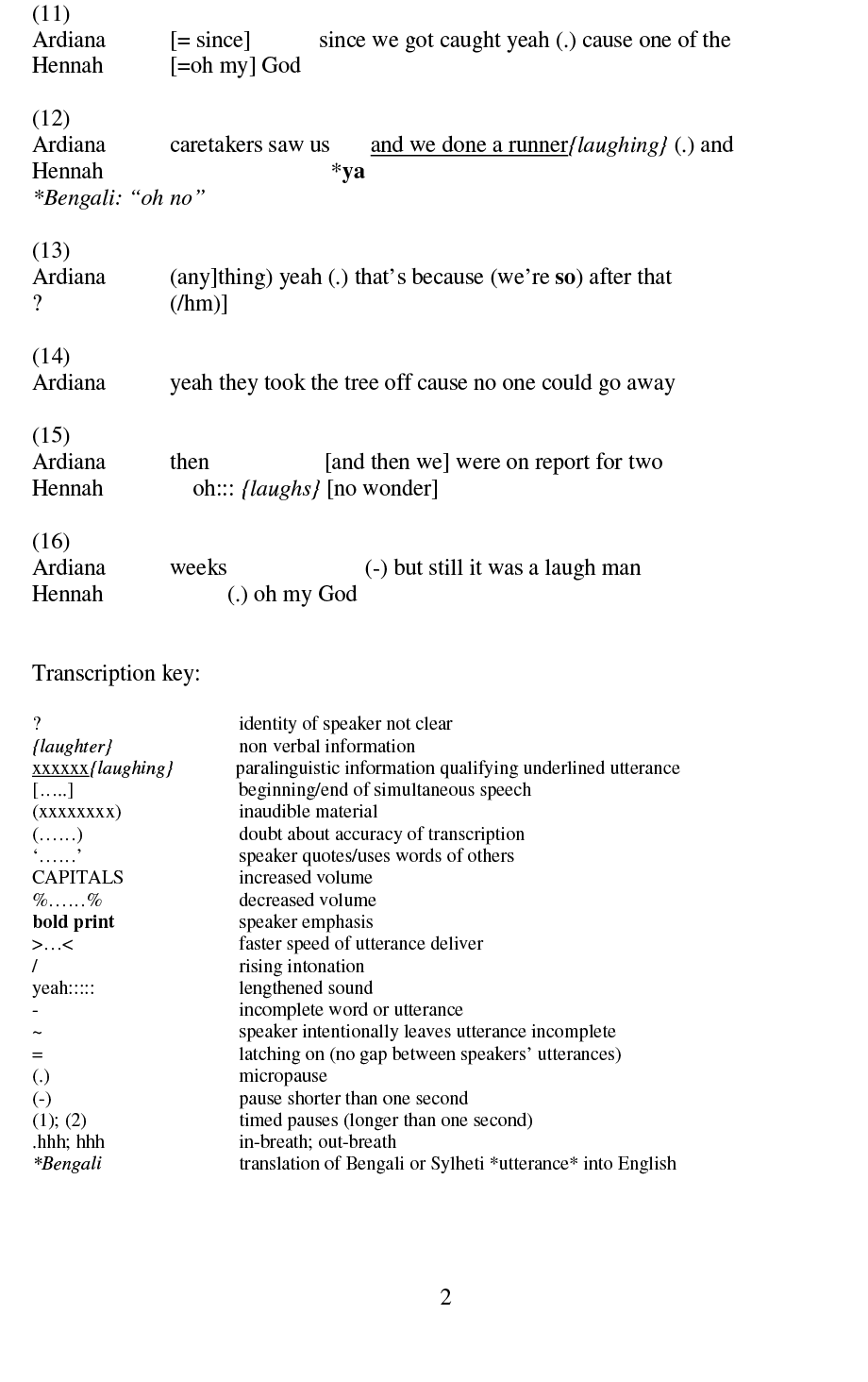Appendix 3
From: 'It was a laugh man' (in Pichler, 2009, pp.111–12).


Advice to candidates on how Examiners calculate marks
It is important that candidates recognise that in all papers, three questions should be answered in order to get the best possible mark (ensuring that the rubric for the paper has been followed accordingly).
Examiners follow a simple mathematical formula when awarding a final overall mark: they give each answer a mark out of 100 (up to three answers only, as required by the exam paper); they then total all available marks; and finally they divide the total by three, thus giving an average overall mark.
So, if your first answer is given 57%, your second answer is given 56%, and your third answer 50%, then the calculation will look like this:
57 + 56 + 50 = 163
163 ÷ 3 = 54.3
Overall mark: 54%
Two good essays and no third essay will always bring the mark down. So, if in the example above a third answer was not given, the calculation would look like this:
57 + 56 = 113
113 ÷ 3 = 37.6
Overall mark: 38%
In this case, even if the candidate had written a ‘poor’ third answer getting a mark of 40% their overall mark would be higher than not attempting an answer at all:
57 + 56 + 40 = 153
153 ÷ 3 = 51
Overall mark: 51%
Note in the example above how the 40% mark, while low, still enables the candidate to achieve an overall mark in the Lower Second category, which is in keeping with their first two marks of 57% and 56%. Not answering a third question would see the candidate lose considerable marks and drop two whole classes. It could also mean the difference between a pass and a fail.
Candidates are thus strongly advised to give equal attention across the paper, plan their time accordingly, and attempt to provide three answers of roughly the same length and as full as possible. Candidates are also reminded that it is totally unnecessary to copy out the question again into the answer book; a question number in the margin is sufficient enough, and this will also save valuable minutes.

